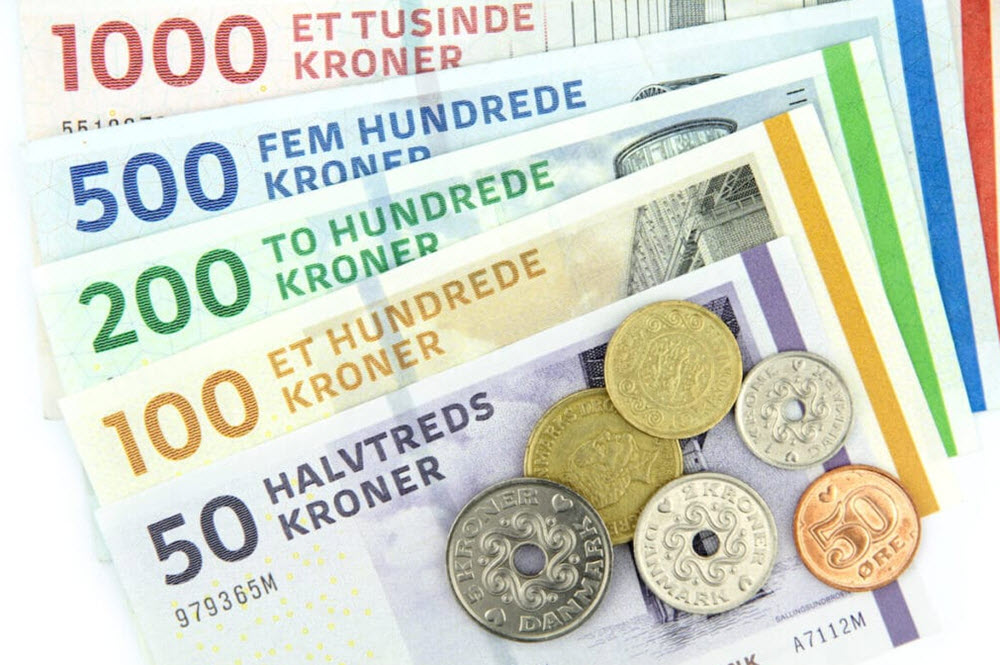In this article:
The Danish Krone, the national currency of Denmark, and the monetary policy surrounding it, are instrumental in understanding the nation’s economic stability and integration into the global economy. This article offers an insightful overview of the Danish Krone, its history, and how Denmark’s monetary policy has evolved to support both national and international economic objectives.

The Danish Krone: An Introduction
Historical Overview
The Danish Krone, abbreviated as DKK, has been the currency of Denmark since 1875 and is subdivided into 100 øre. The adoption of the Krone was part of the Scandinavian Monetary Union, which was established in the late 19th century and included Denmark, Sweden, and Norway. This union lasted until World War I and aimed to fix the currencies against gold at par values.
Current Banknotes and Coins
As of now, the Danish Krone includes banknotes of 50, 100, 200, 500, and 1000 DKK denominations and coins of 50 øre, 1, 2, 5, 10, and 20 DKK denominations.
Danish Monetary Policy: The Fixed Exchange Rate Policy
European Exchange Rate Mechanism
The cornerstone of Danish monetary policy is maintaining a fixed exchange rate against the Euro, the official currency of the Eurozone. Denmark is part of the European Exchange Rate Mechanism II (ERM II), but it has opted out of adopting the Euro. ERM II is an arrangement that requires countries to limit the fluctuations of their currency’s exchange rate against the Euro within a narrow range.
Objectives and Instruments
The primary objective of Denmark’s fixed exchange rate policy is to maintain low and stable inflation rates. This is achieved through a combination of interest rate policy and intervention in the foreign exchange market.
The Danish Central Bank, Danmarks Nationalbank, can adjust the lending and deposit rates to influence the exchange rate of the Krone. Additionally, the central bank can buy or sell foreign currency to stabilize the exchange rate.
Integration with the European Economy
Stability and Convergence
Maintaining a fixed exchange rate against the Euro has enabled Denmark to closely align its economy with the Eurozone. This has promoted stability and convergence in terms of inflation, interest rates, and economic cycles.
Economic Benefits and Trade
The Danish economy benefits from this policy as it facilitates trade with the Eurozone by eliminating exchange rate risk for exporters and importers. This has been vital in ensuring that Denmark remains competitive within the European market.
Challenges and Considerations
Limited Monetary Independence
While there are benefits to a fixed exchange rate policy, it also limits Denmark’s monetary independence. The Danish Central Bank must align its monetary policy with that of the European Central Bank, even if it may not always be in line with Denmark’s domestic economic conditions.
Balancing National and European Economic Objectives
The Danish government must continuously balance its commitment to European economic integration with its domestic economic objectives. This requires a nimble approach to monetary policy and a constant appraisal of the costs and benefits of maintaining a fixed exchange rate.
This article was last updated on: June 29, 2023
